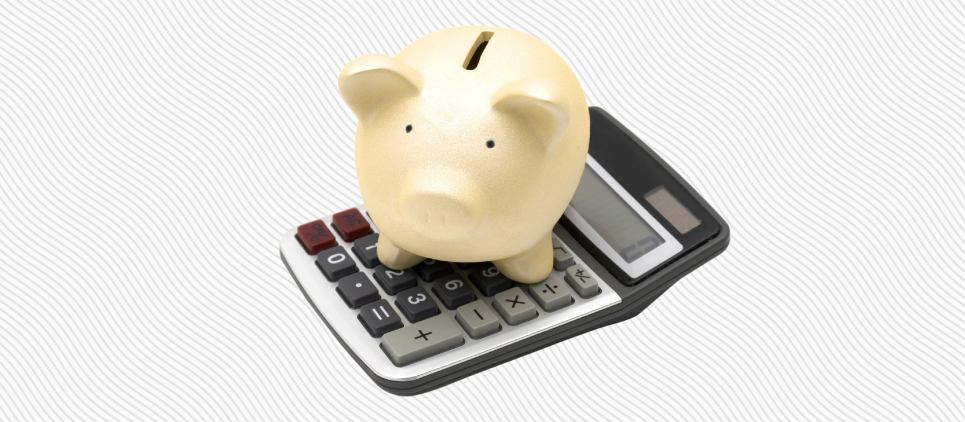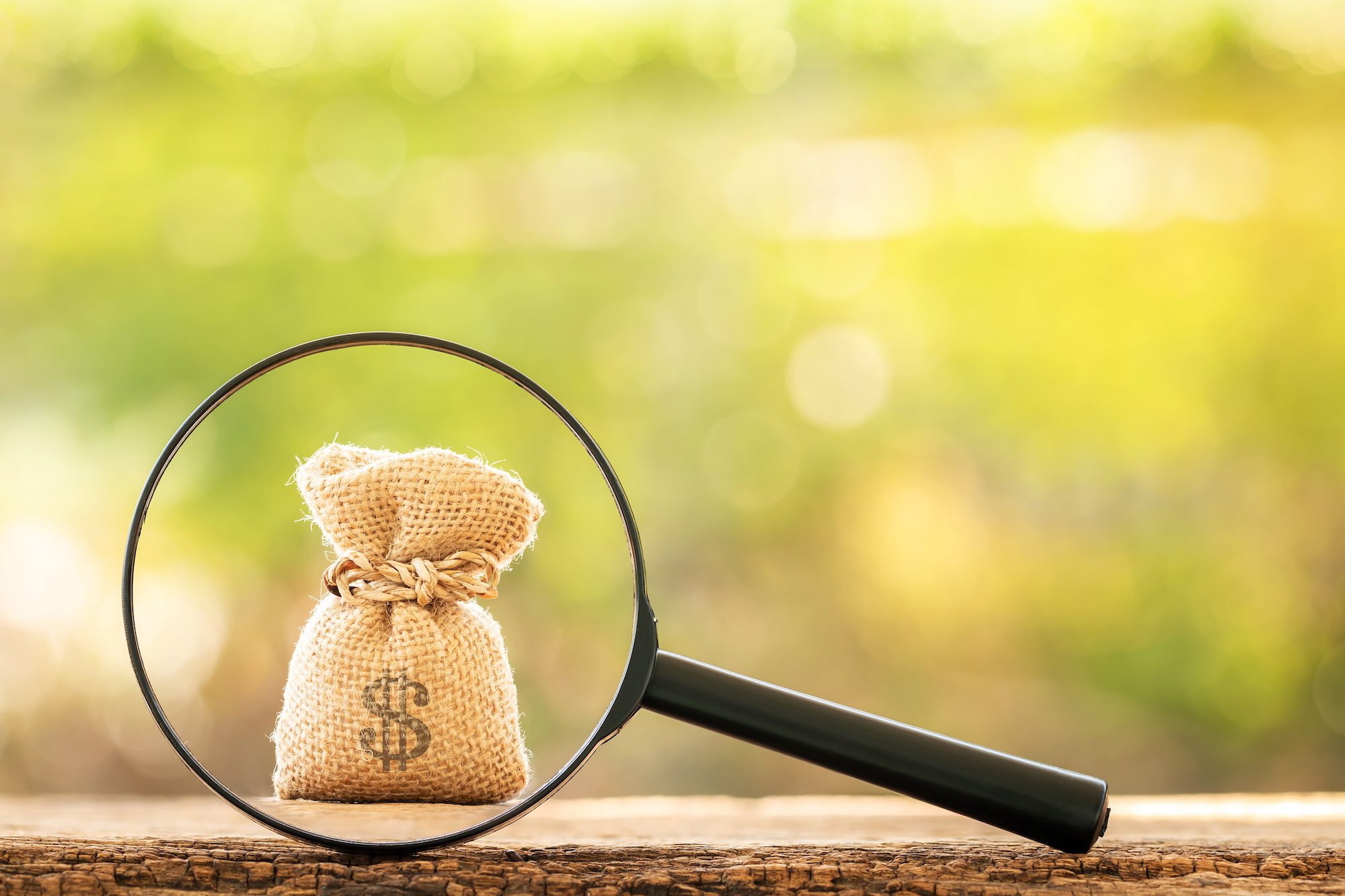What is future value?
A crucial aspect of investing is attempting to predict, to the extent you can, how much an investment will be worth after a period of time. This is known as future value.
The essential idea is this: Future value (FV) is the expected value of an asset based on its assumed rate of return for the duration of the investment period. FV is helpful for calculating the growth of predictable investments, like when a return is based on a simple interest rate (when interest is calculated based on the initial principal amount), or compound interest (when interest is applied at specific times to both the initial amount and to accumulated interest from previous periods). Keep in mind, of course, that economic factors like inflation can change the value of money over time, so the future value formula is not always an exact science.
A good financial formula doesn’t eliminate the risks inherent in investing, but along with other tools in your arsenal, the future value calculation can help you understand the potential ROI of an investment property.

Table of contents
How to calculate future value How to calculate the future value of a real estate propertyWhat future value won’t tell youHow to calculate future value
The core equation for the future value calculation assumes a constant rate of growth and a single payment, which doesn’t change over the life of the investment. The basic equation would look like:
FV = I x [1+ (R x T)]
In this equation, the values are:
FV = Future value
I = Investment amount (sometimes expressed as PV, or present value)
R = Interest rate
T = Number of years
For example, consider the future value of a $1,200 lump sum investment held for six years in a savings account with a guaranteed 10% simple interest paid each year. You’d express the equation this way: $1,200 x [1 + (0.10 x 6)] = $1,920.
This core equation assumes simple interest, in that the interest rate only applies to the principal, or the initial investment amount. Simple interest is the most common type for mortgage loans.
Consider the calculation for the future value of an investment property with a mortgage based on a fixed (or simple) interest rate. The most common types of mortgages are 30- and 15-year fixed-rate mortgages. Fixed-rate mortgages don’t fluctuate with the market. Rather, the interest rate stays the same for the entire term of the loan, as do your monthly payments toward the mortgage.
The amount of interest you’ll pay varies by the duration of the loan (or how it’s amortized). Someone with a 15-year term will pay less in total interest than someone with a 30-year fixed-rate mortgage; however, monthly payments will be less with the longer term loan.
The FV calculation is helpful in real estate because of the nature of traditional loans: With a fixed-rate mortgage, you can calculate your precise financial monthly outlay (factoring in some average amount of expenses such as repairs and damage not covered by insurance), and charge the appropriate rent. We suggest doing a quick gross rent multiplier (GRM) calculation or 1% rule to evaluate whether the rental income you can charge on a property will justify the purchase price.
How to calculate the future value of a real estate property
One way to get a more realistic idea of the future value of your property is to first determine your projected growth rate. Between 1991 and 2018, the US house price index shows that housing prices increased 3.4% nationally, which you’d express in a decimal, or 0.034. The formula for growth rate is to add one to the rate, and raise this to a power that’s equal to the number of years you intend to hold the property:
Future growth = (1 + annual rate)^years
For example, if you bought a property for $250,000 and wanted to estimate its value in 15 years, you’d calculate the future growth factor this way:
Future growth = (1 = 0.034)^15 = 1.65
You’d then multiply this factor by the current value of the property to find the potential future value:
Future value = 1.4 x $250,000 = $412.500
The idea would be that the value of your $250,000 in 15 years could be projected as $412,500. Keep in mind that estimating future value this way is exactly that—an estimation. Historical averages are helpful for projection, but that 3.4% rate includes the period between 2002 and 2006 when home prices grew more than 10% per year, and between 2007 and 2012 when they dropped by more than 5% per year.

What future value won’t tell you
Remember, future value is not a guarantee. When you add variables to the FV equation, they can affect the value of the assets in the future. For instance, future value has no way of predicting an event such as a population that suddenly migrates because of a world event, causing some housing markets to rise and others to soften. Still, FV can be a useful calculation when you are trying to figure out how to allocate your investments.
Consider supplementing the future value calculation with other formulas that will help in projecting the growth of your real estate investment.
Determining the capitalization rate, or cap rate, of your investment will help show the expected rate of return on an investment property. The cap rate is expressed as a percentage of the purchase price and shows its net gain or loss over a year.
Use the IRR (internal rate of return) formula to evaluate the risk and potential return of your property.
You can also measure what your earnings will be on a property compared to what you spent to buy it—its cash-on-cash return—a simple measurement of cash in, cash out.
Bungalow is the best way to invest and manage your real estate portfolio. We work with you to identify, purchase, fill, and manage residential properties—so that you can enjoy up to 20% more in rental income with a lot less stress. Learn more about Bungalow.
Ready to find your next home?
Move-in ready homes and a built-in community so you can feel at home, together — wherever you are.
Suggested articles



